Search
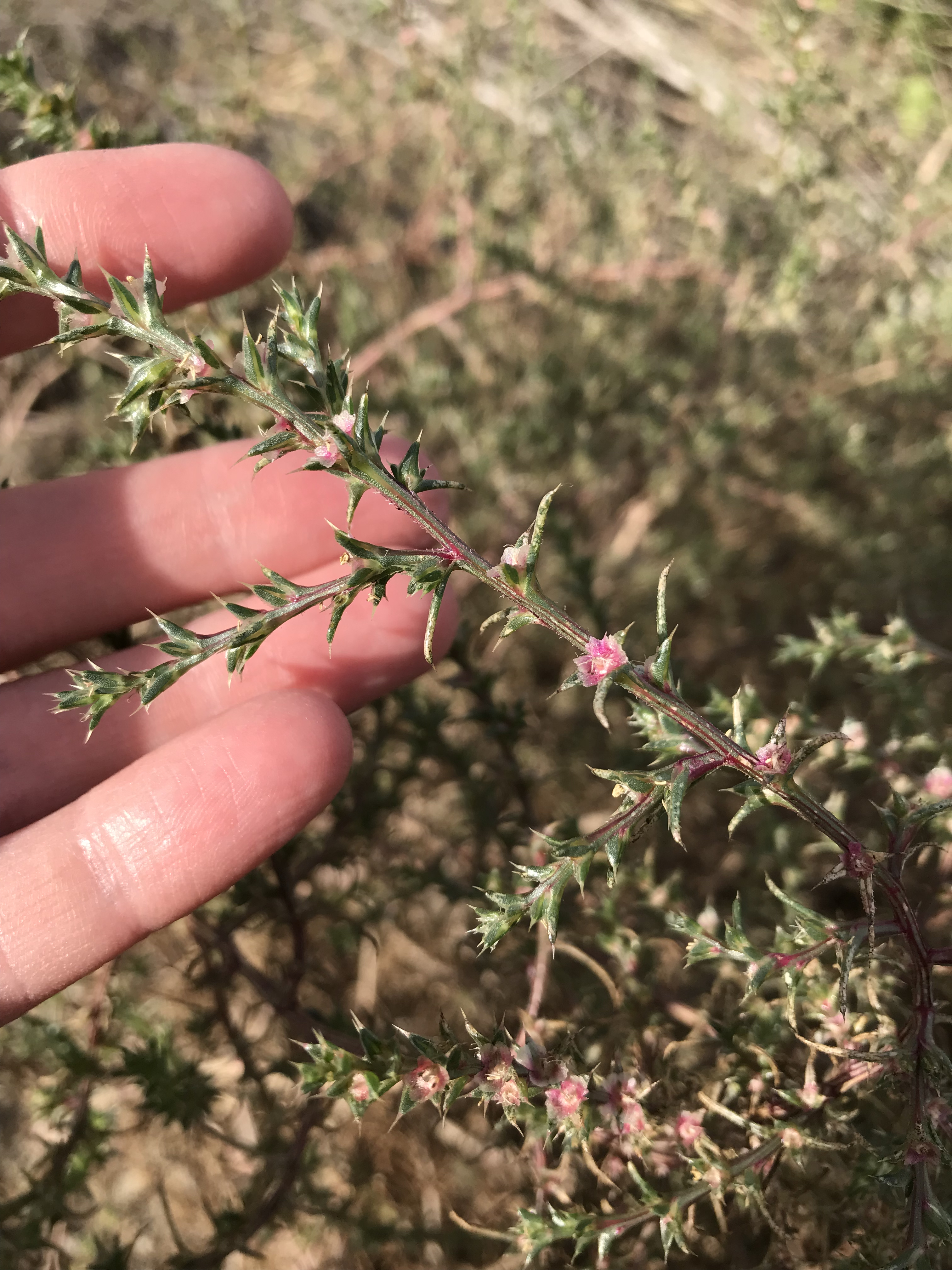
Prickly Russian Thistle
Publications that provide introductory and expanded information on the notorious invasive plant, prickly Russian thistle.
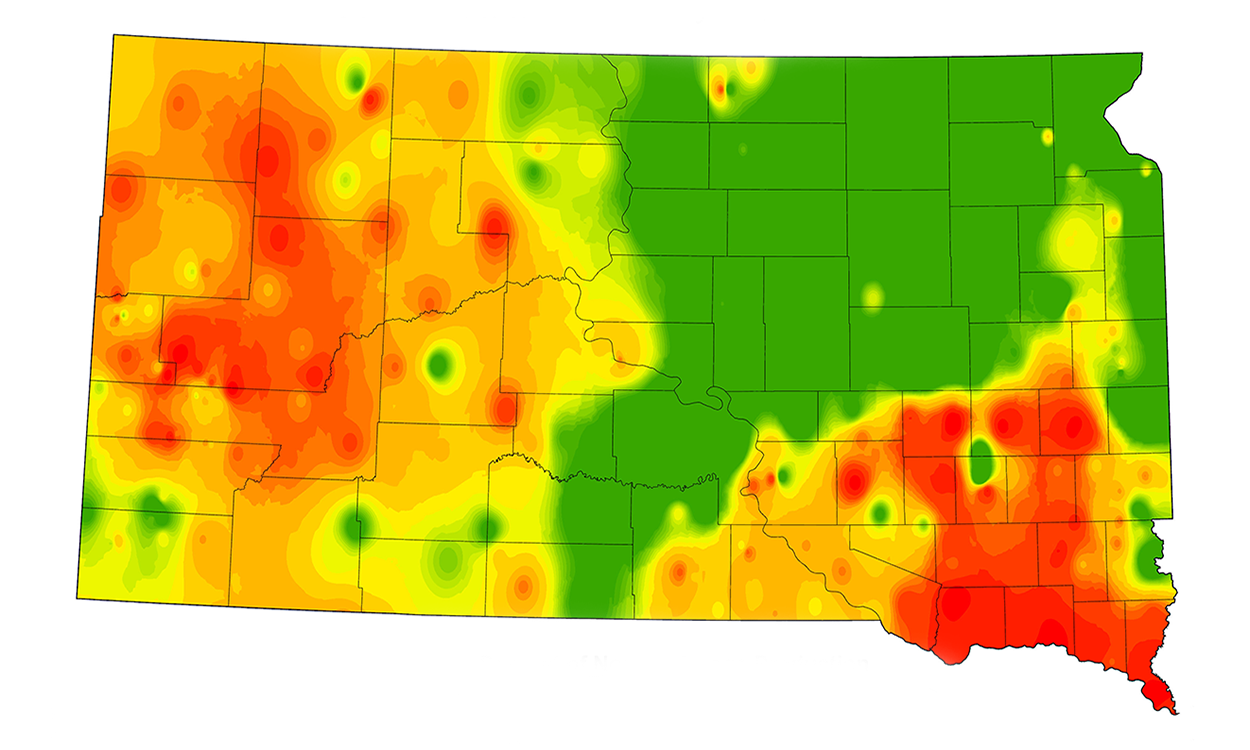
Herd Inventory Centers on Feed Available
With drought conditions continuing across the state, livestock producers will be making hard decisions on livestock inventory numbers as pasture and feed availability become an even more significant factor.
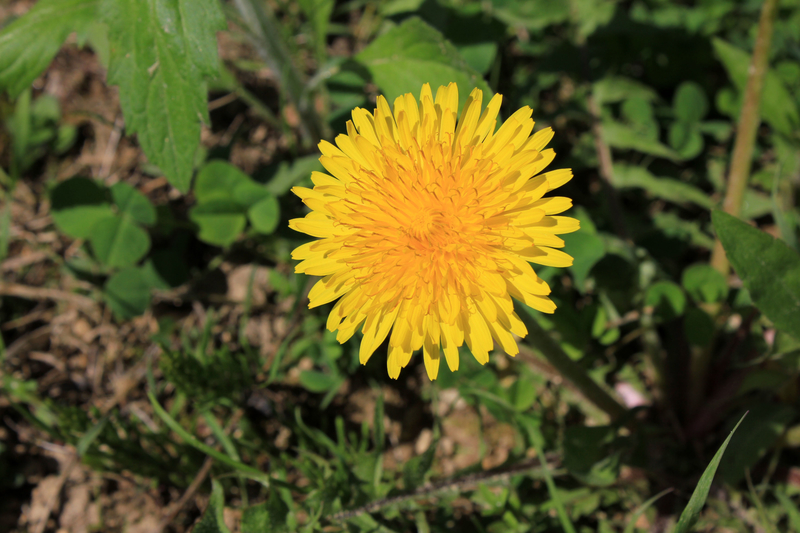
Spring Dandelion Control In Soybeans
Dandelion has become much more of a problem as farming practices have changed. Less tillage and increased use of glyphosate resistant crops along with reduced use of residual herbicides have allowed some perennial weeds such as dandelion to prevail.
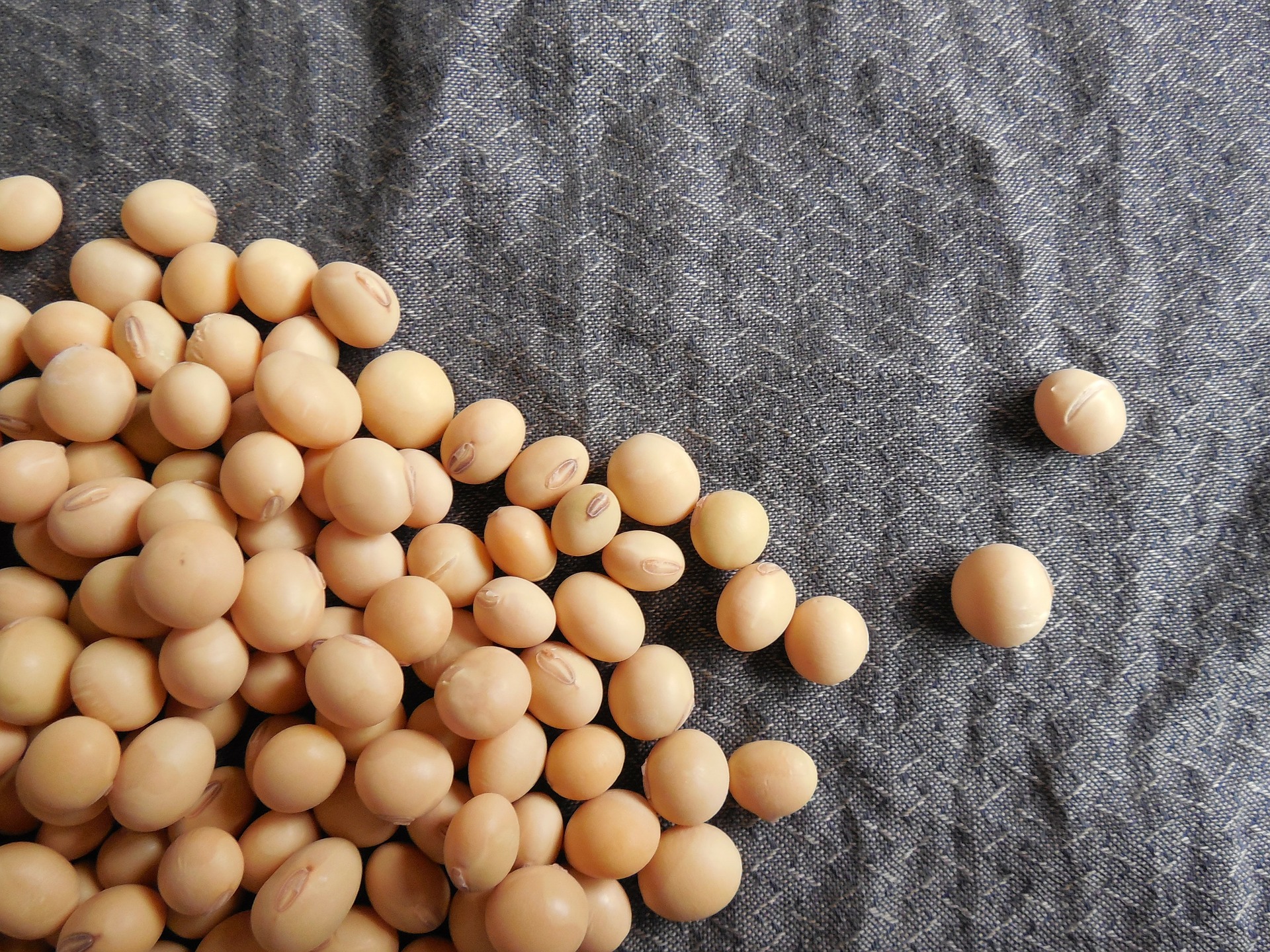
Want a Premium Price? Weed Control In NON-GMO Soybeans
Many emotions set in on farmers that hear the word “non-GMO”, but it could help them in times like today when prices are low for many farm products in South Dakota.

SDSU Research Shows Effects Of Volunteer Corn In Corn And Soybeans
In 2007, researchers at South Dakota State University indicated that volunteer corn is much less competitive in corn than soybean. The South Dakota study (Alms et al. 2007) evaluated the full season effect of a range of volunteer corn densities (800-14,000 plants/acre) on both corn and soybean and reported yield losses that ranged from 0% to 13% in corn and 0% to 54% in soybean.
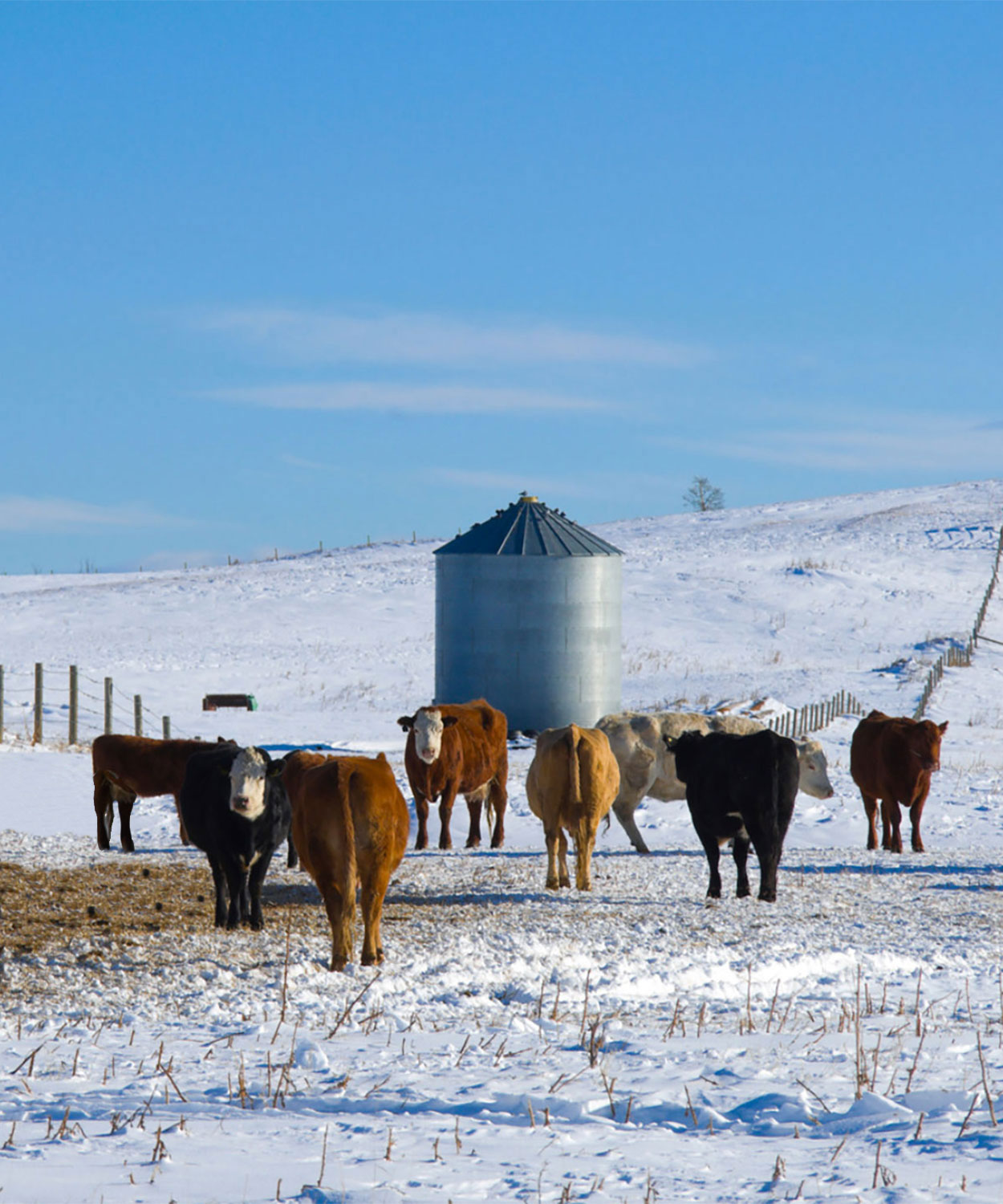
Ready, Set, Manage Hay Differently
Feed is expensive and sometimes hard to find. Pasture prices, harvest expenses, hauling and waste add to the total feed bill. Evaluate your forage situation this winter and make changes that improve your profitability.
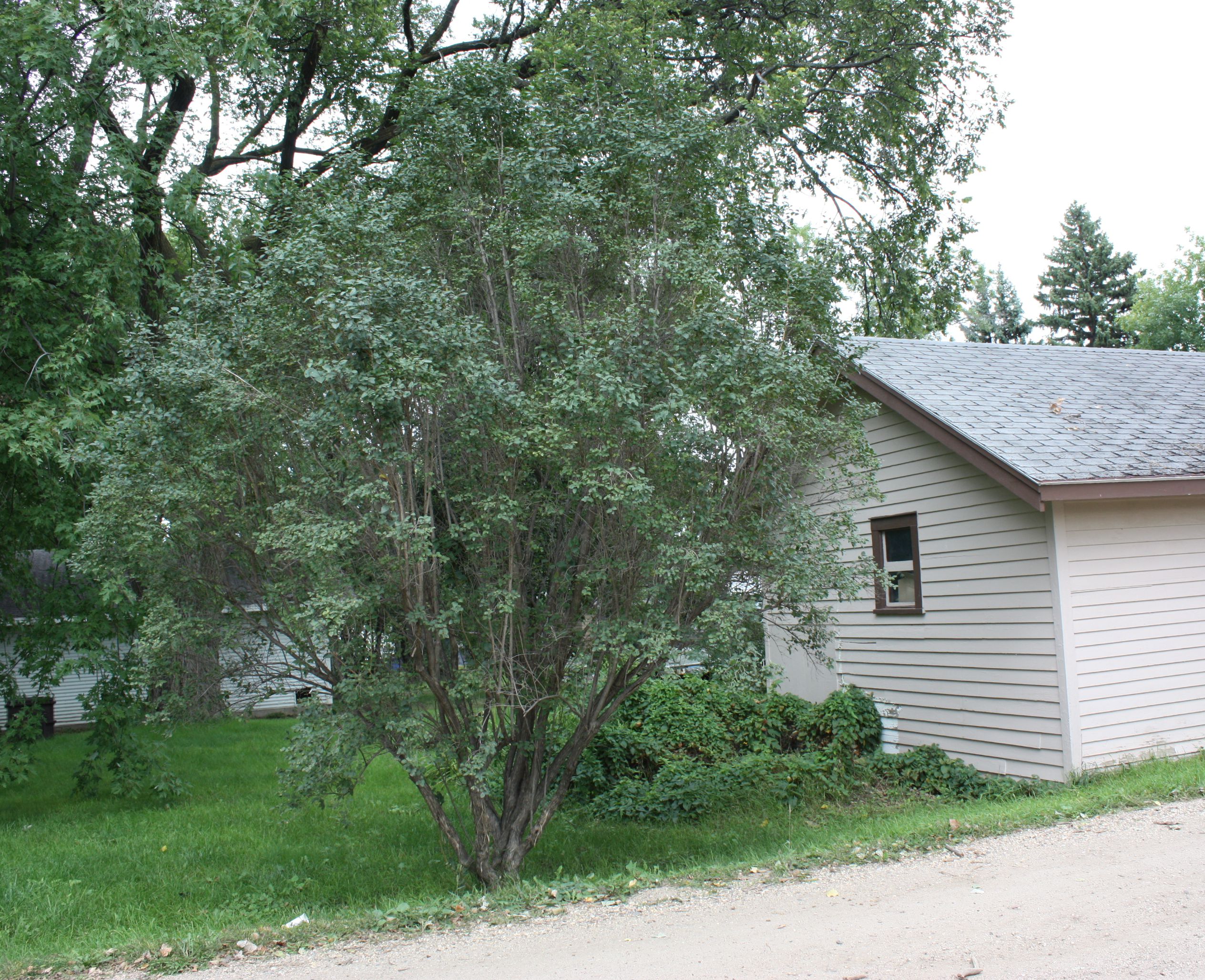
Woody Weeds: Tatarian Honeysuckle
Tatarian honeysuckle (Lonicera tatarica) was brought to North America from Asia in the mid-18th century for ornamental uses. In South Dakota it was also used as a windbreak species until the 1980s.

Round Bale Storage Conservation
Fact sheet discussing conservation of round bale storage.
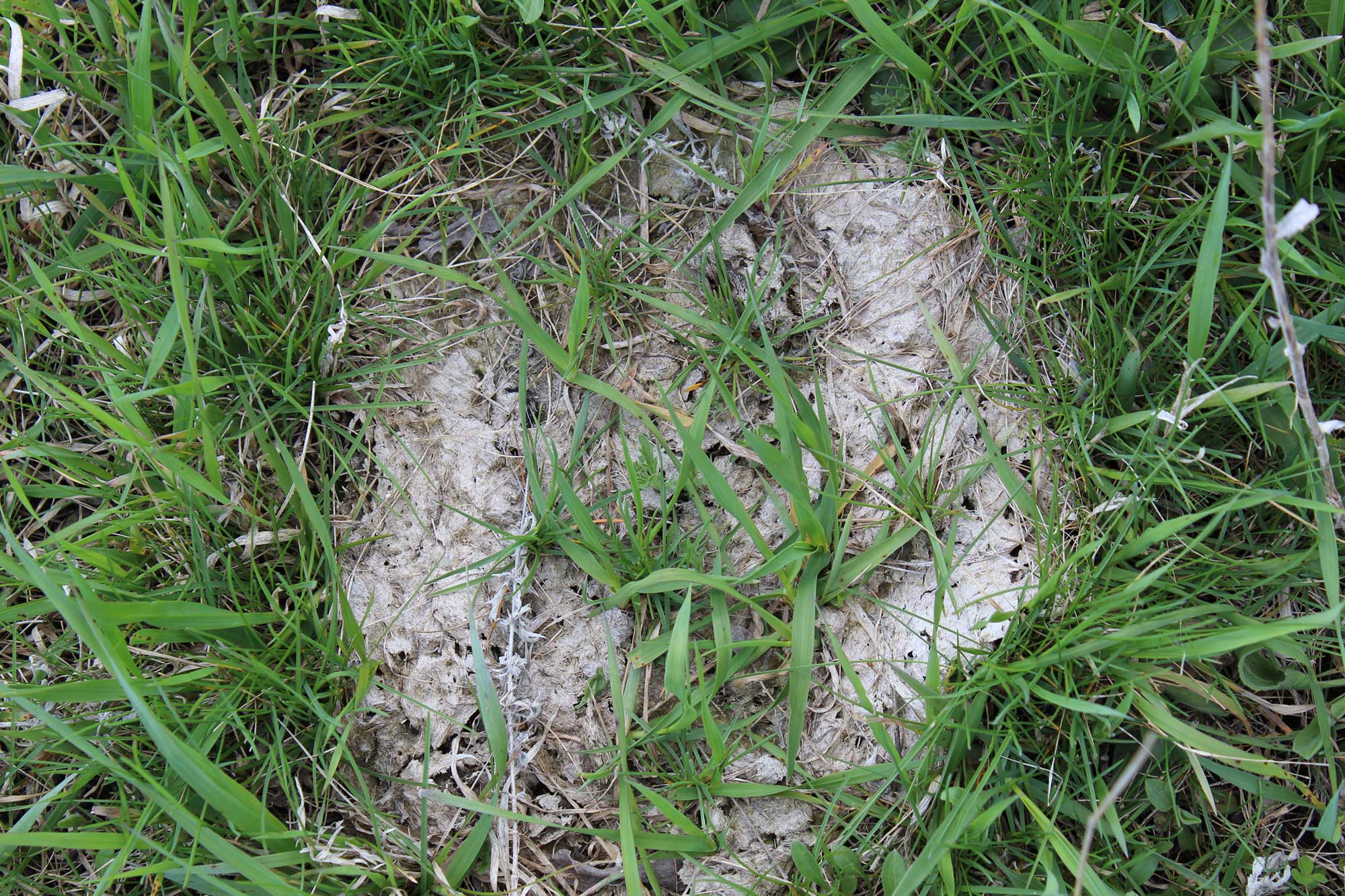
Dung Beetles and Other Insects Can Help Breakdown Dung and Control Pests
This article summarizes findings related to dung beetle ecology and how dung beetles advance the breakdown of dung pats.